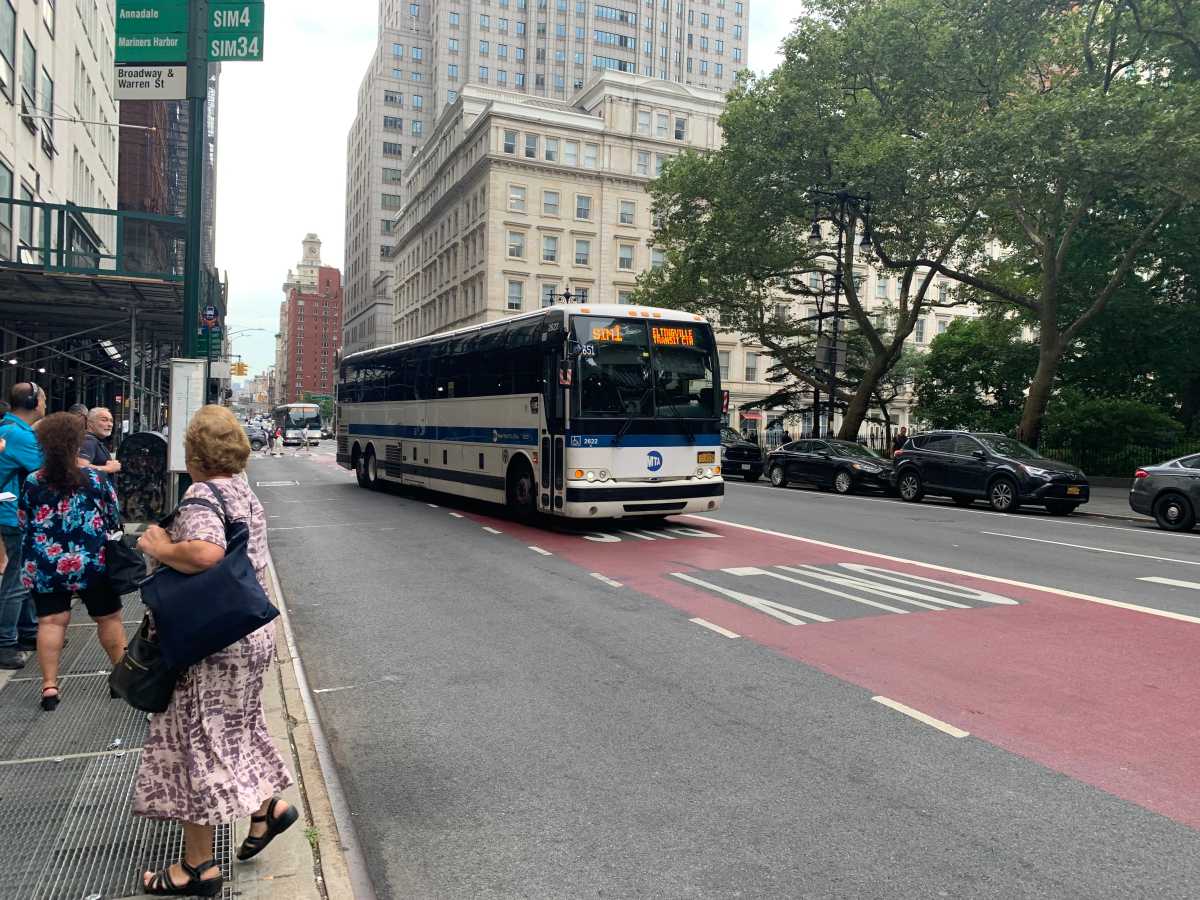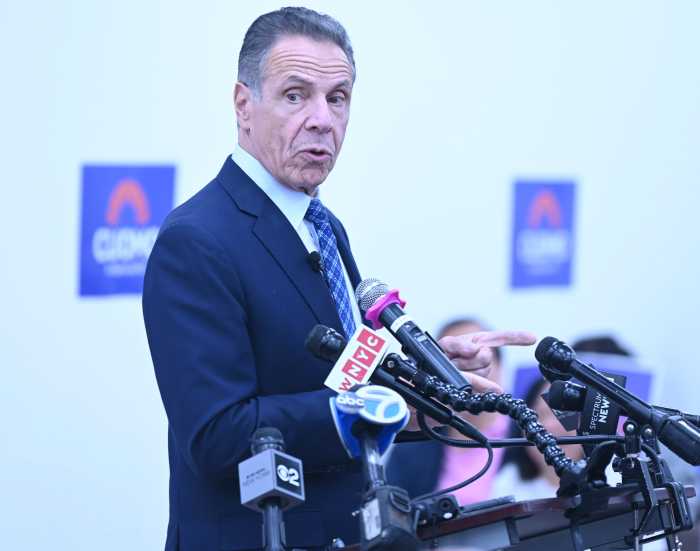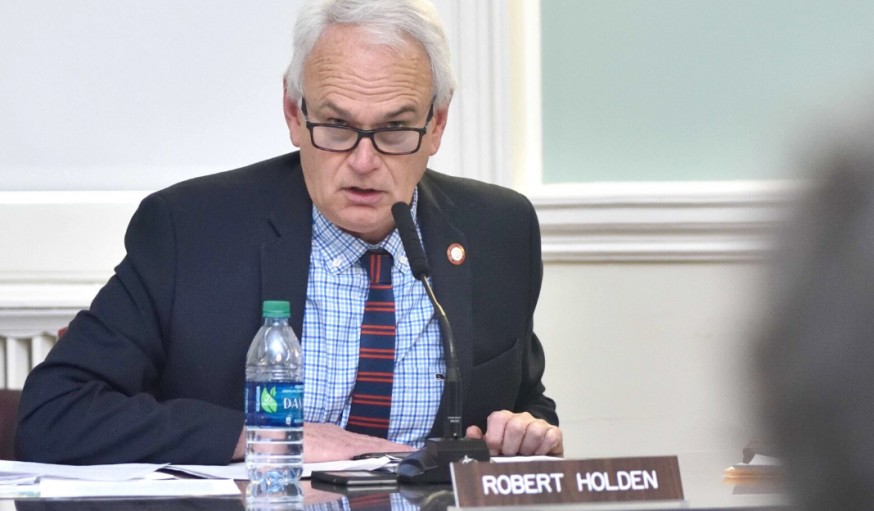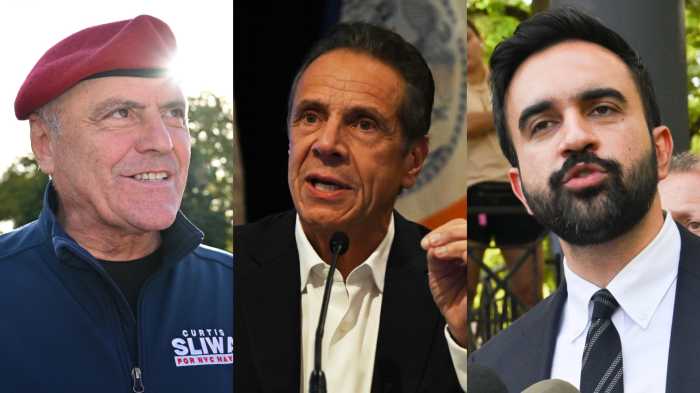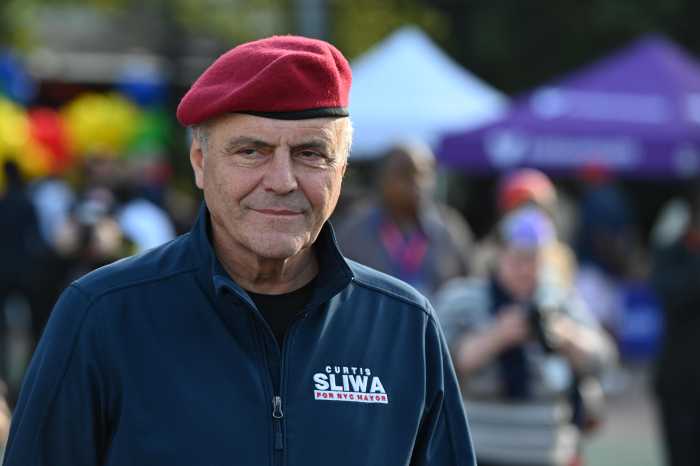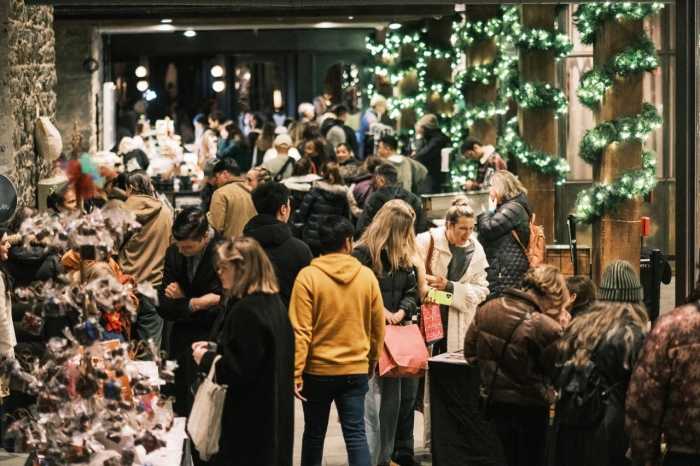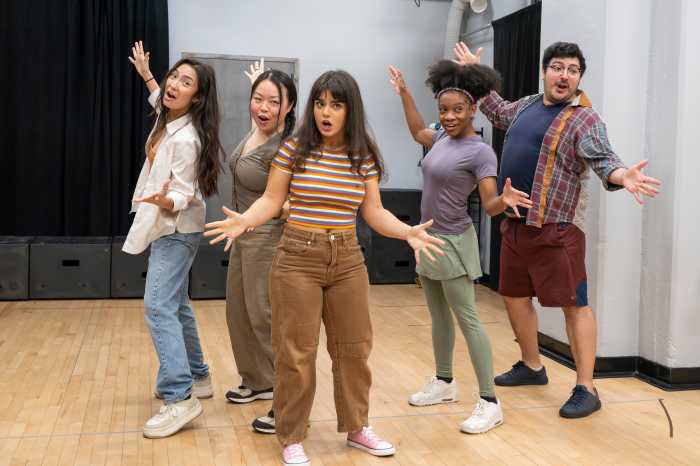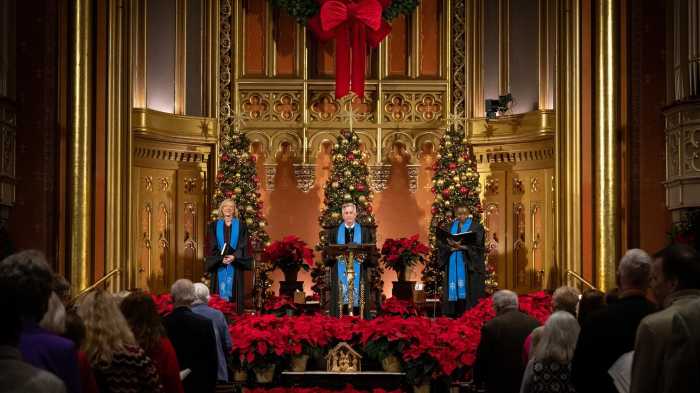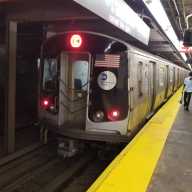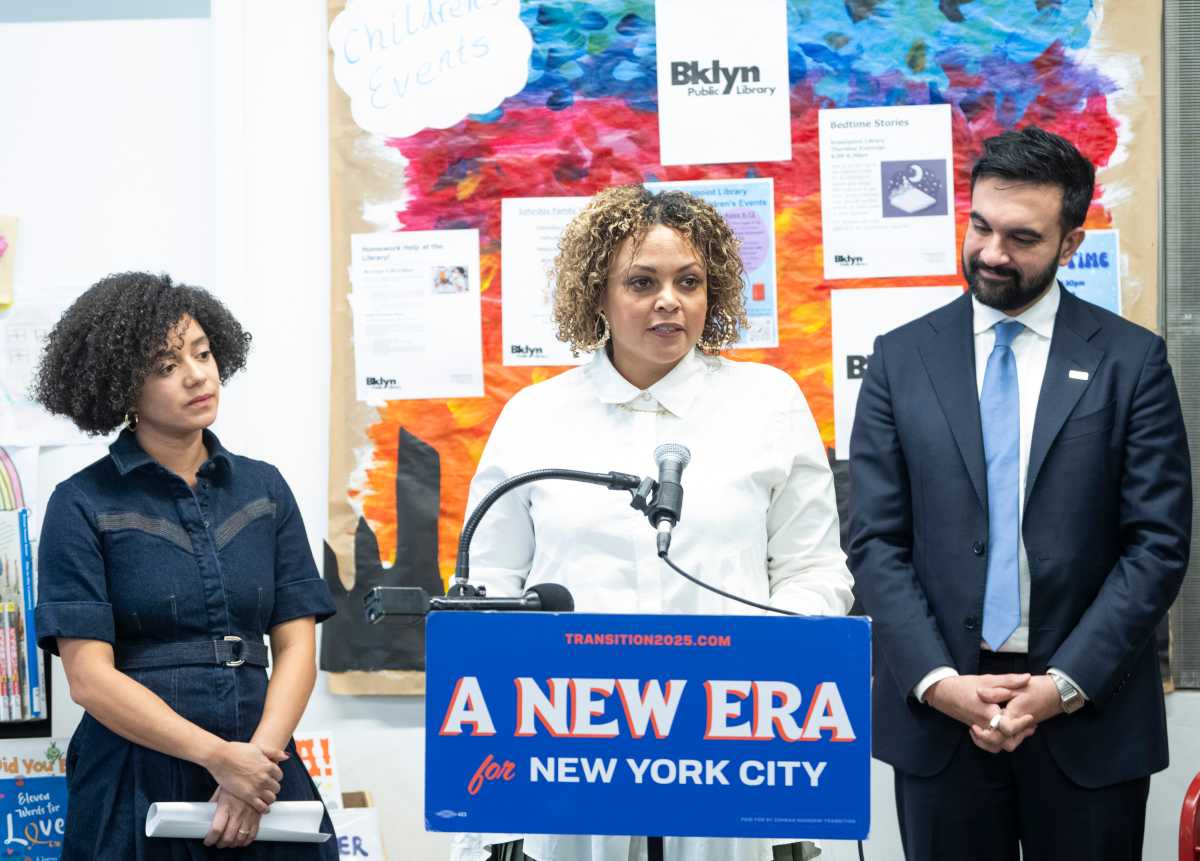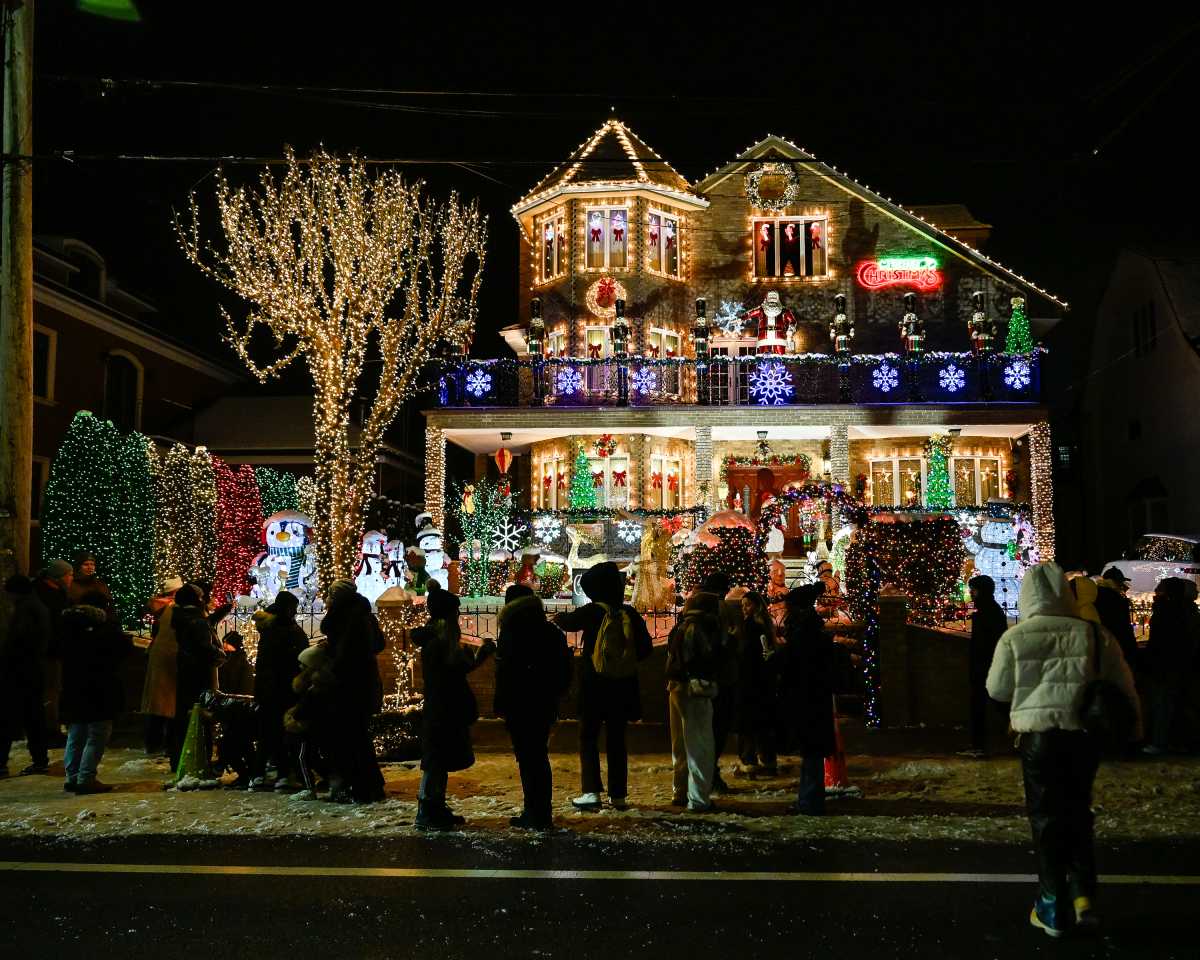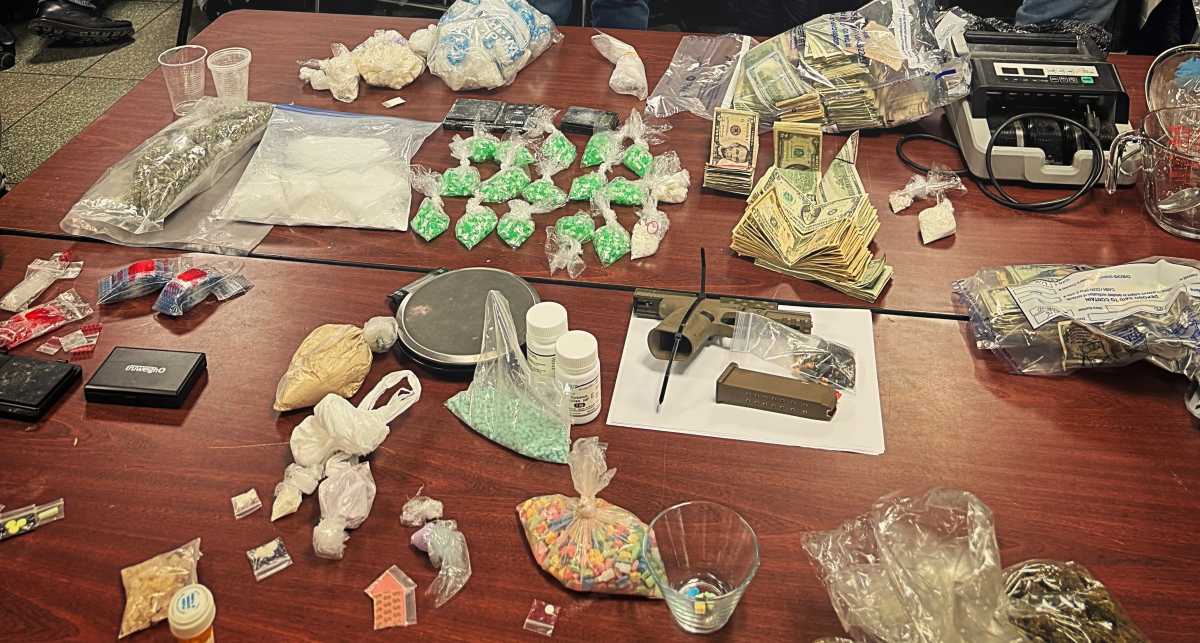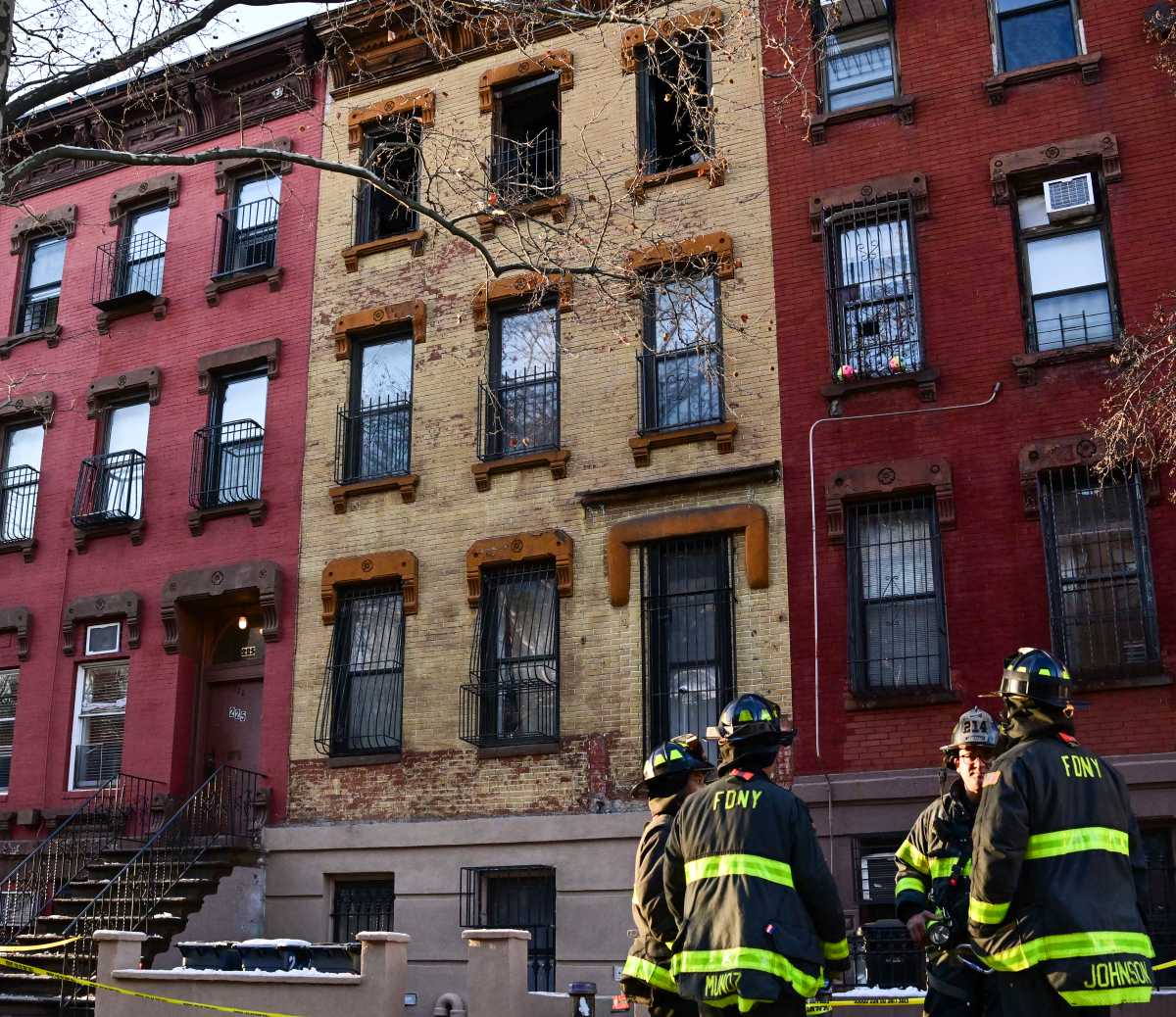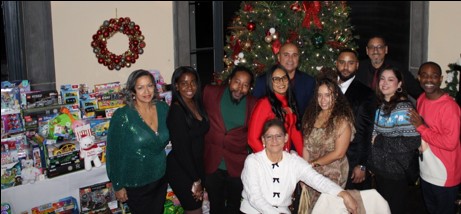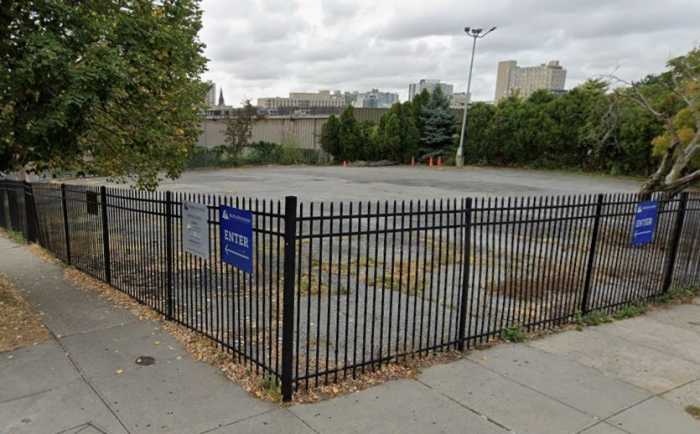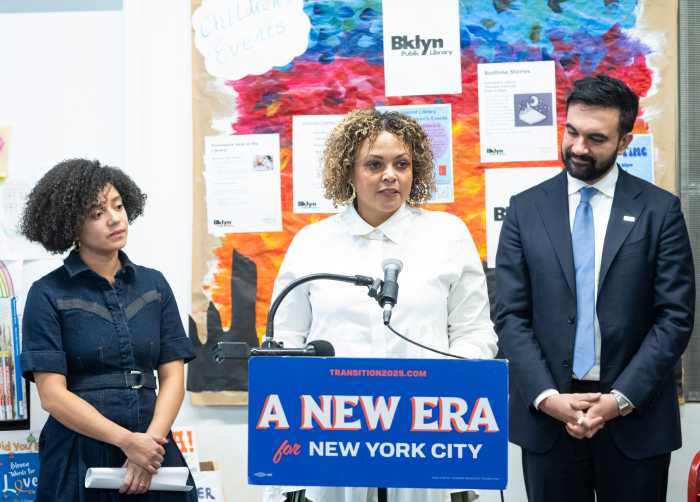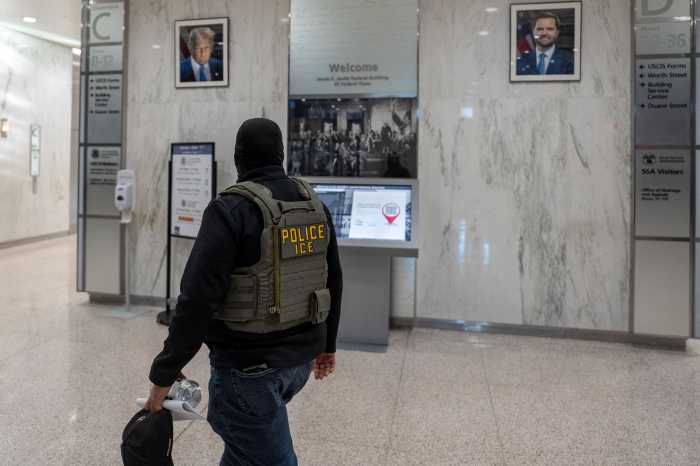As Election Day approaches, the contentious issue of street redesigns — marked by increased bus and bike lanes and reduced vehicle lanes — remains a key local concern for New Yorkers. With the city’s future transportation landscape hanging in the balance, voters are scrutinizing each candidate’s vision for more efficient transportation in the big city.
“Daylighting is really important and under-reported on for the safety of people who walk with kids and the elderly folks crossing the streets,” one New Yorker named Sam said. “There are also tons of cars and motorcycles that speed and drive aggressively, some with ghost plates and some without.”
Daylighting is a practice that involves removing parking spaces near intersections to increase visibility.
Reckless micromobility-device riding is another major transit concern for New Yorkers.
“Bikes are out of control on Amsterdam [Avenue],” said Sherry of the Upper West Side. “Central Park is dangerous for pedestrians.”
Free buses
So far, none of the candidates have made street redesigns a major part of their campaigns. But the frontrunner in the race, Queens Assembly Member and Democratic nominee Zohran Mamdani, has made it clear that one of his top priorities is to make buses free, which he has said would speed up bus travel times because no one would have to pay when they board.
In other words, passengers would just walk on the bus, using all the doors, without having to dip or tap their OMNY/MetroCards or phones to be permitted on board.
“Unlike on the subway, when you pay your fare, you’re doing so on the bus,” Mamdani said on WNBC recently. “The act of doing so or not doing so, it impedes and impacts the ability of the bus to actually operate.”
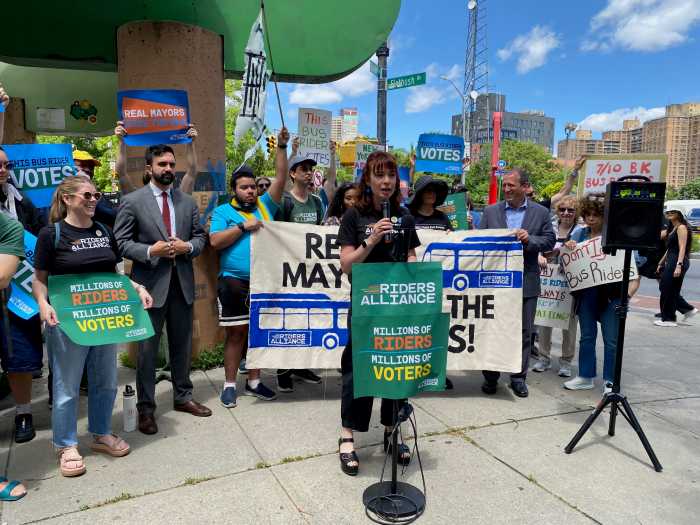
But NYC had tried free buses before – one in each borough – as part of a pilot program in 2023 for which Mamdani had successfully secured state funding. The MTA ended the program after only a year, as fare evasion across the whole transit system increased.
How he intends to make buses free is not entirely clear, but he has not been shy about wanting to raise taxes on corporations and “the wealthiest” New Yorkers.
Mamdani’s revenue plan will raise the corporate tax rate to match New Jersey’s 11.5%, bringing in $5 billion, according to his campaign website. New Yorkers earning more than $1 million annually would be taxed a flat 2%, if he wins the mayoralship. Any tax increase, however, would require state legislative approval — which may be a challenge given that Gov. Kathy Hochul and all state legislators are up for re-election in 2026.
NYC buses are notoriously slow — they average about 8 mph — making them worthy of attention from elected officials. However, through Local Law 195 of 2019, street redesigns have been increasing throughout the city, aimed at, among other things, increasing bus speed through the construction of 150 miles of protected bus lanes.
Mamdani has not said if he would continue to support street redesigns, including a particular one that involves a bike lane and has been the subject of a lawsuit on 31st Street in Astoria, within Mamdani’s Assembly district.
Crackdown on reckless e-bike and moped operation; increasing subway safety
Meanwhile, former Gov. Andrew Cuomo, the independent candidate in the trio, has been vocal about the prevalence of reckless operation of micromobility devices on city streets.
Cuomo described the “out-of-control presence of e-bikes and mopeds on sidewalks and bike lanes” as a quality-of-life crime that bears special mention.
“Incidents involving e-bikes are becoming increasingly common,” the candidate’s website states. And he is not wrong, according to NYPD statistics.
E-bike collisions increased by 37.1% this year, compared to the same period in 2024, the police numbers show. The number of stand-up scooter collisions has also increased slightly by 1%, from 902 to 911 year to date, compared to 2024.
“In addition to the risks faced by pedestrians, e-bike riders, most of whom are workers making deliveries for the major food delivery apps, are also highly vulnerable,” according to the Cuomo campaign.
He attributes much of the e-bike issue to structural problems in the food delivery business.
“Based on the Department of Consumer and Worker Protection (DCWP) regulations, a delivery worker is paid only for the time that they have accepted a trip, and until it is completed in the app,” the campaign website states. “Therefore, a worker is incentivized to accept trips, and travel longer distances, because it maximizes their time being paid the higher rate.”

Cuomo’s stance is that DCWP minimum payment regulation should be revised to cut incentives that foster dangerous riding. He also wanted to hold delivery app companies financially responsible for any damages caused by riders making deliveries on their behalf.
Like some incumbent officials, such as Queens City Council Member Robert Holden, Cuomo would also like e-bikes and e-scooters to be registered with the NYC Department of Transportation.
Turning to subway safety, Cuomo has said it is “essential.” His subway safety plan includes an increased presence of NYPD and MTA officers in stations and on trains, which he has said will reduce mandatory overtime while restoring force levels.
Similar to Gov. Kathy Hochul, his plan includes updating turnstiles so they prevent fare evasion. The MTA loses about $1 billion a year in fare and toll evasion within its transit, bridges, and tunnels systems.
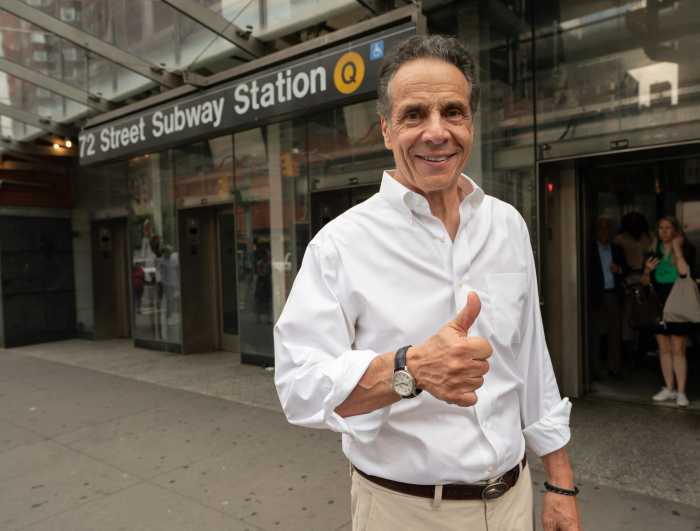
Cuomo is also in favor of expanding the eligibility of the city’s subsidized Fair Fares program. Fair Fares provides half-priced rides to low-income public transit users who live at 145% of the federal poverty level (FPL). That number at this level in NYC is $22,692 for a single person or $46,617 for a family of four.
Cuomo’s plan includes full fare coverage on buses and subways for New Yorkers who make up to 150% of the federal poverty line, which is about $48,225 for a family of four.
Prioritizing subway safety
Curtis Sliwa, the third prominent candidate in the mayoral race, made subway safety a priority throughout his life, at least since he founded the Guardian Angels in 1979.
His plan to tackle the ongoing issues of subway safety and fare evasion includes reinstating the NYPD’s Homeless Outreach Unit, which he said would help ensure safety for the homeless and New Yorkers who ride the trains. Nonviolent individuals would be offered direct support and safe shelter options, while emotionally disturbed persons who pose a danger to themselves or others would be transported to psychiatric care facilities.
“We will invest in hiring more psychiatric nurses across NYC’s public hospitals and create new incentives to attract skilled mental health workers,” Sliwa, who rides the trains almost every day, has said. “The goal is to protect the vulnerable, restore safety in public spaces, and offer real pathways off the street, with dignity and urgency.”
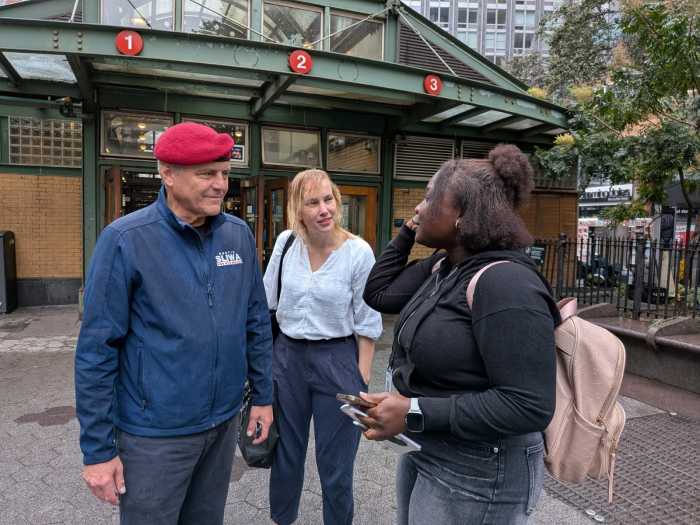
While Cuomo is focused on modern turnstiles to combat fare evasion, Sliwa would double down on enforcement and conduct targeted enforcement at high-volume transfer points and hotspots.
Sliwa’s website outlines his subway safety plan in more detail.
In support for outer-borough transit, Sliwa said he would remedy the problems express bus riders face, such as delayed buses and overcrowding.
During an interview with amNewYork, he questioned whether the city’s implementation of bus lanes have helped improve bus travel times.
“We have all these bus lanes that we never had years before,” the Republican nominee said. “Years before, the bus would have to negotiate its way through vehicular traffic. That’s a reason for delay. But now we have all these special bus lanes, and still [delayed], with no explanations from the MTA. They’re like impervious.”
He said that if elected, he would have to conduct more research and consult with transit experts to determine if bus lanes are actually effective.
The three leading candidates each have their own unique plans for transit in NYC. Whoever wins the election will undoubtedly contribute to the shape of the city’s streetscape and public transit for New Yorkers across the city.



